
We are reader-supported and may earn a commission on purchases made through links in this article.
You have likely heard of the 7 Wonders of the World. These include the Colosseum in Rome, the Taj Majal in India, and the Great Wall of China. These magnificent structures represent some of the most outstanding achievements of humanity. So, have you ever come across the 12 Treasures of Spain?
The 12 Treasures of Spain is the country’s unique version of the 7 Wonders of the World. Spain chose a dozen sites, each of great historical and cultural significance.
With impressive architectural and natural landmarks from all over the country, there’s everything from beaches to basilicas. If you’re planning a trip to Spain, make sure to visit these top spots. Let’s get the ball rolling!
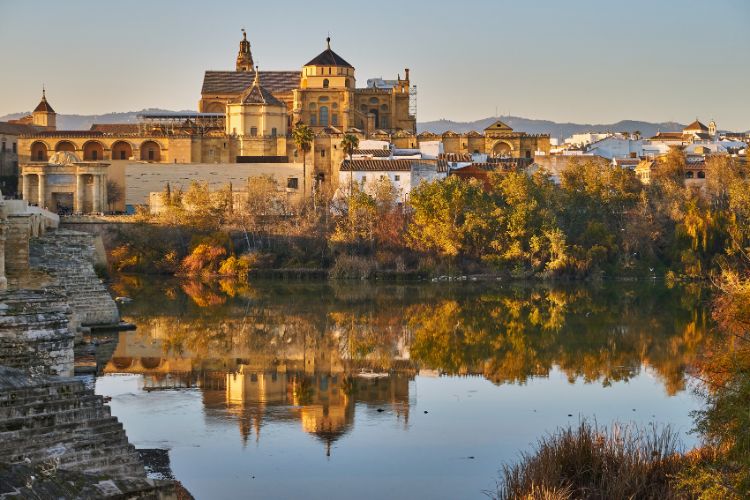
1. Mosque-Cathedral of Córdoba
The Mosque-Cathedral of Cordoba is a UNESCO World Heritage Site located in Cordoba, Andalusia. It’s a stunning 1,030-year-old building that has served as a mosque and a cathedral over the centuries.
The architectural styles incorporated include Gothic, Renaissance, and Baroque. This building is considered the most famous worldwide for featuring both European and Moorish architecture.
Best Tips & Tools to Plan Your Trip
The Great Mosque is comprised of a courtyard (Sahn), a tower (minaret), and a prayer hall (haram). The interior has striking columns, red and white arches, and an elaborate color scheme. The design and architecture are mesmerizing, making it a must-visit destination on your bucket list.
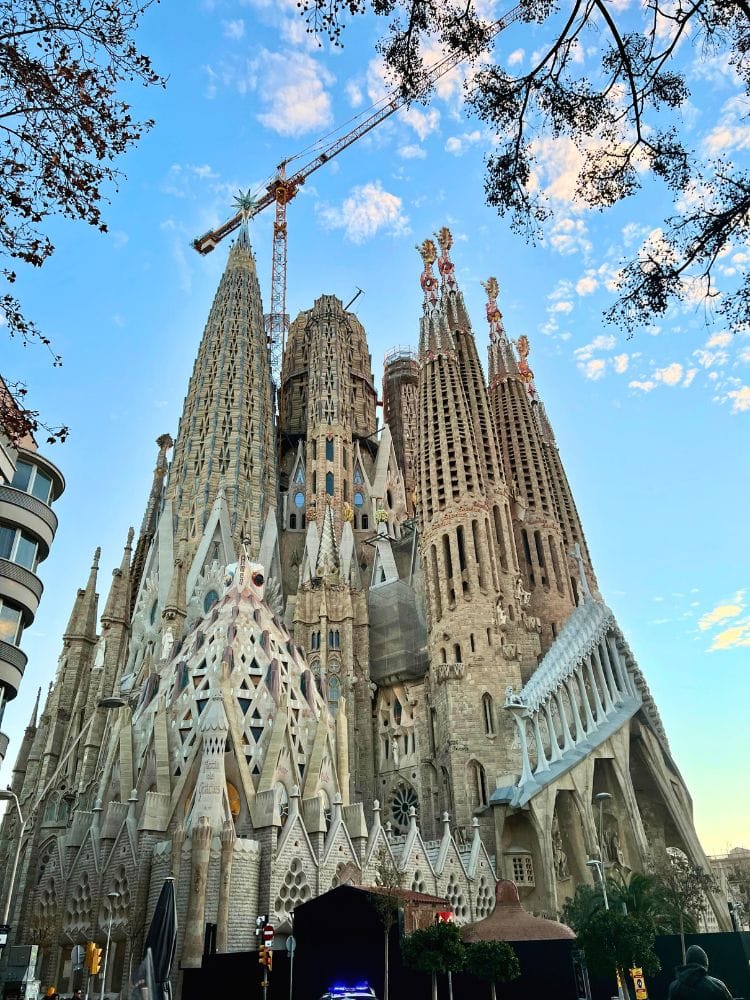
Read More: The Fairy Tales of Malaga
2. Sagrada Família
The Sagrada Familia Basilica, situated in the heart of Barcelona, is an essential part of the city’s experience. Despite being a UNESCO World Heritage Site, it is still under construction after over a century. Surprisingly, it will take longer to build than the Great Egyptian Pyramids once completed.
The basilica will have 18 towers representing the Apostles, Evangelists, Virgin Mary, and Jesus Christ, with 12 towers dedicated to the Apostles. As one of Barcelona’s biggest attractions the Sagrada Familia really does steal the show. To avoid the crowds, head here early in the morning or during the late afternoon.
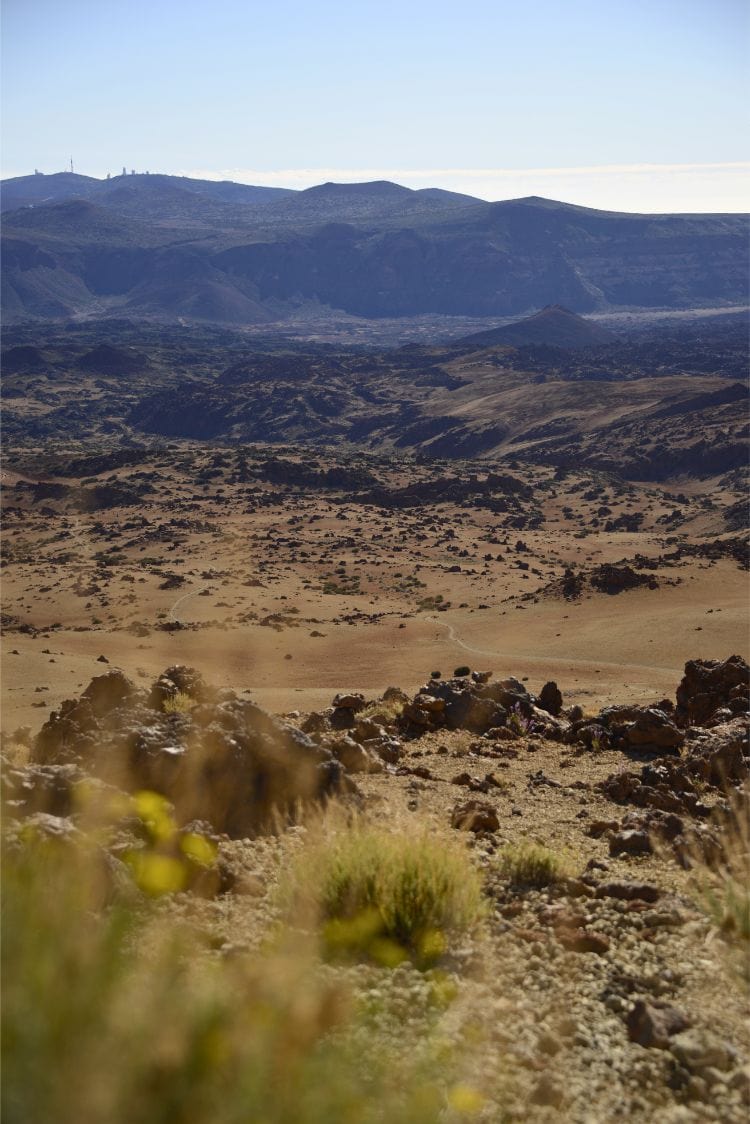
3. Teide National Park
The Teide National Park, located in the Canary Islands off the west coast of Africa, boasts the highest mountain in Spain’s diverse landscape. This UNESCO World Heritage Site, situated on the island of Tenerife, features massive craters, thundering volcanoes, and river beds of petrified lava.
The majestic Teide Volcano reaches 3,718m above sea level, providing a breathtaking backdrop. This geological wonderland showcases a variety of shapes and colors throughout the terrain and offers numerous trails for those interested in further exploration.
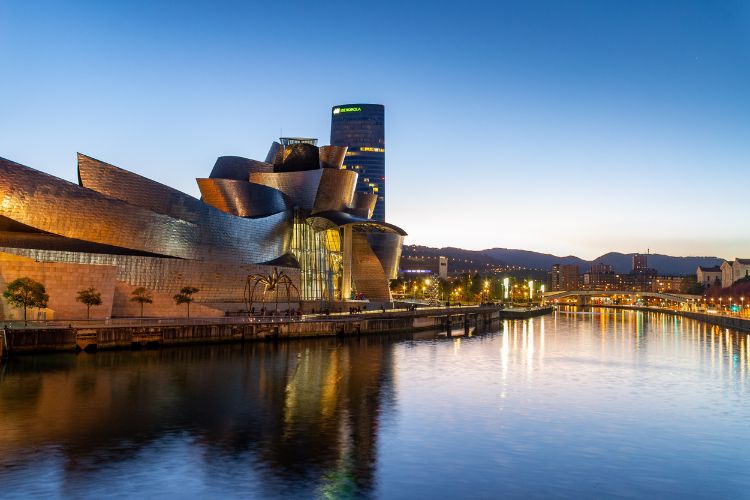
4. Guggenheim Museum Bilbao
The Guggenheim Museum Bilbao is a unique and contemporary museum located in the beautiful Basque Country, specifically in the vibrant city of Bilbao. Designed by Frank Gehry and opened in 1997, it remains one of the largest museums in Spain today.
Situated beside the Nervión River, which runs through the city’s heart to the Atlantic coastline, the museum boasts a futuristic design featuring titanium curves and a towering glass atrium. It is home to national and international contemporary masterpieces exploring dynamic culture, education, and art.
With over 11,000 square meters of exhibition space and 19 galleries, the museum’s cutting-edge architecture seamlessly integrates aesthetic art and design, creating a unique experience.
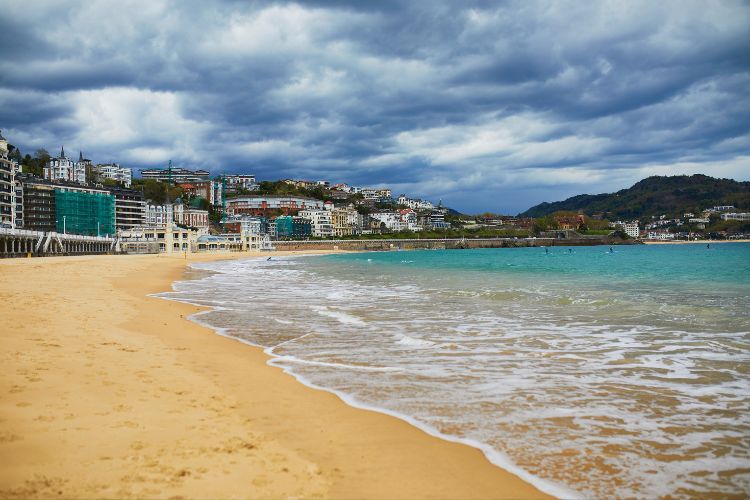
5. Beach of La Concha
Located in the heart of San Sebastián, Basque Country, the Beach of La Concha steals the show. It’s the only beach in Spain to be inducted into the 12 Treasures of Spain and is known locally as ”Playa de la Concha.” The beachfront is urbanized and crescent-shaped, surrounded by the lush Urgell and Igueldo mountains.
The beach offers plenty of space for those seeking solitude, with turquoise water and golden sand. This is an excellent spot for sunbathing, swimming, and paddle boarding.
The beach is well protected from strong winds and big waves due to its location between the two mountains. At the end of the beach is a small passage of rocks known as Pico de Loro or Parrot’s Beak, which can only be seen at low tide.
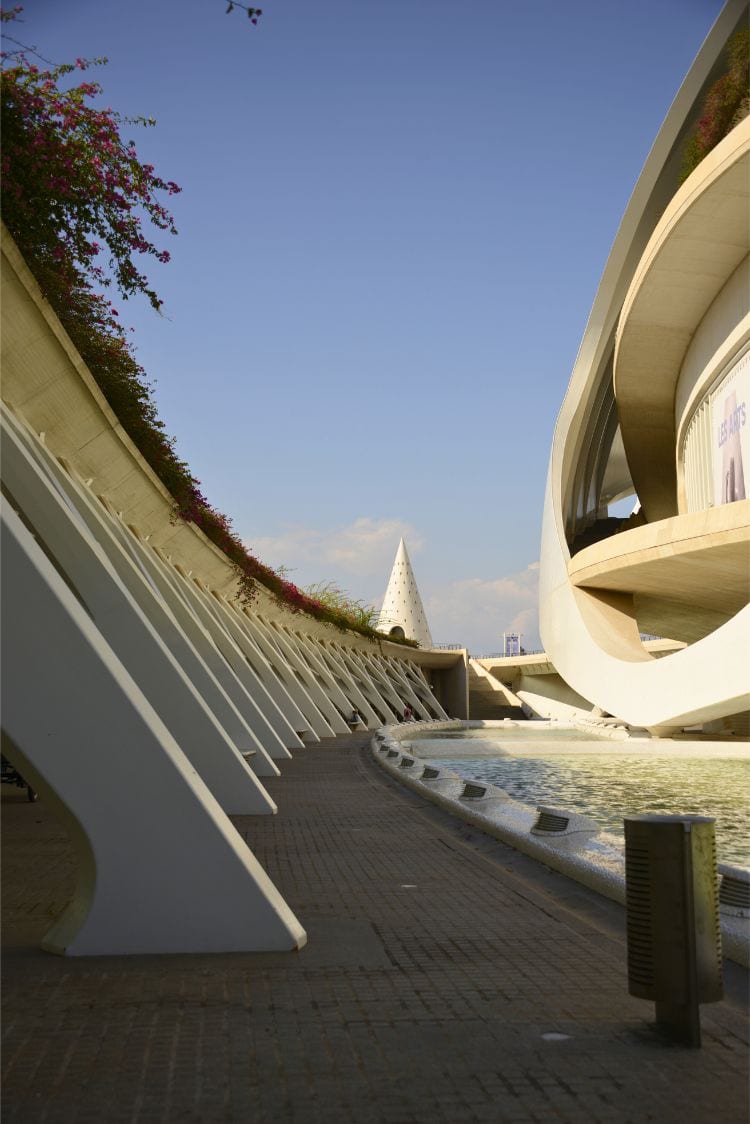
Read More: Cies Islands: The Secret Paradise of Galicia, Spain
6. City of Arts and Sciences
Valencia, a beautiful city located on the southeastern coast of Spain, boasts the Ciudad de las Artes y Ciencias. This impressive complex with a futuristic design is a must-see attraction created by Santiago Calatrava, showcasing both architectural and cultural elements.
Don’t miss visiting the L’Oceanogràfic, the Museu de les Ciències Príncipe Felipe, and the Serreria Bridge during your visit. See marine life in the aquarium, hit the aqua-blue water on a kayak, admire the contemporary design.
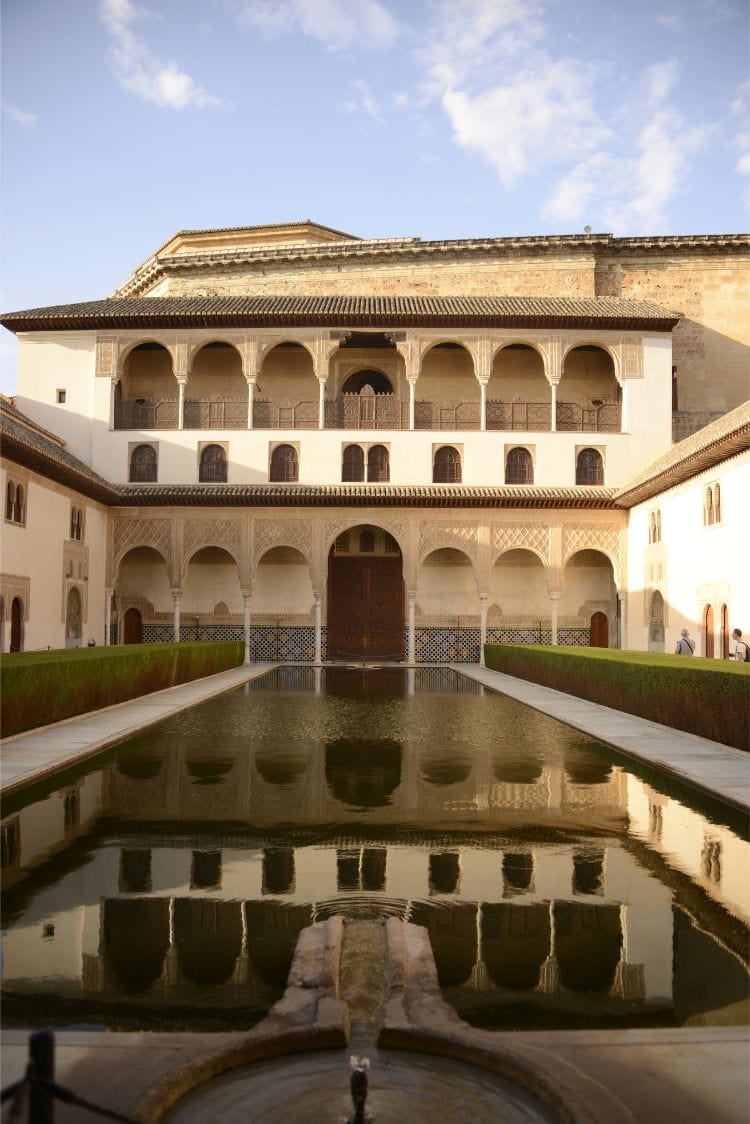
7. The Alhambra
The Alhambra is a monumental complex consisting of a fortress and palace in Granada, Andalusia. It was built in the mid-thirteenth century by the Moorish leader Mohammed Ben Al-Ahmar using red clay and stones, which named it “Alhambra,” an Arabic word that translates to “Red One.”
The fortress was later transformed into a palace by the Sultan of Granada before falling under the authority of the Christian church. Because of its rich history, the Alhambra boasts a variety of architectural styles, making it one of the most popular sites among the Twelve Treasures of Spain. This UNESCO World Heritage Site includes a mesmerizing mosque, a majestic royal palace, and even a school.
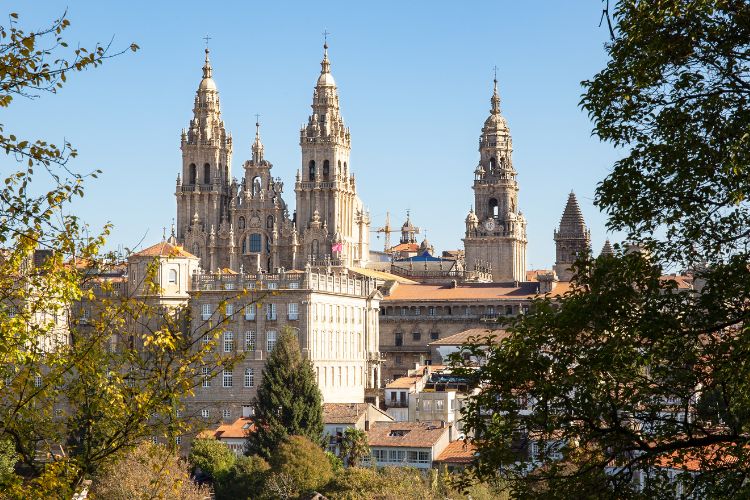
8. Cathedral of Santiago de Compostela
The Santiago de Compostela Cathedral is located in the picturesque Galicia region of northwest Spain and is also known as the Cathedral of Santiago de Compostela. This 806-year-old cathedral holds great significance in the history of Spain and is the final resting place of Saint James, one of the apostles of Jesus Christ.
In 1985, the Roman Catholic cathedral was declared a UNESCO World Heritage Site, boasting a beautiful fusion of Romanesque, Gothic, and Baroque architectural styles. The cathedral is situated along the famous Santiago de Compostela pilgrimage route, which has been in use since the Middle Ages and follows the path of the Milky Way. There are several paths to choose from, all leading to the Cathedral of Santiago de Compostela.
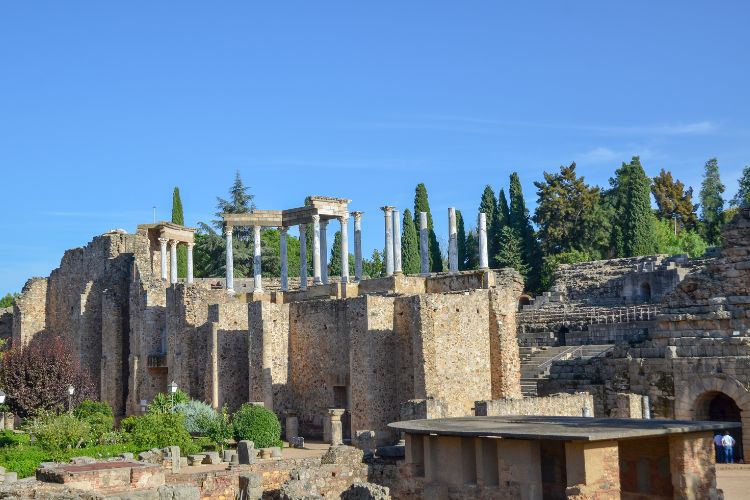
9. Roman Theatre of Merida
This ancient site in the Merida region of Extremadura dates back to the 1st Century BC
and is a remarkable archaeological find. The Roman Theatre of Merida, built during the time of Roman general Vipsanius Agrippa, is a well-known historical structure in Spain. It sat atop a hill next to the Amphitheatre building and was once capable of holding up to 6,000 spectators, who were seated according to their social status. As a UNESCO World Heritage Site, the Roman Theatre of Merida is a must-see.
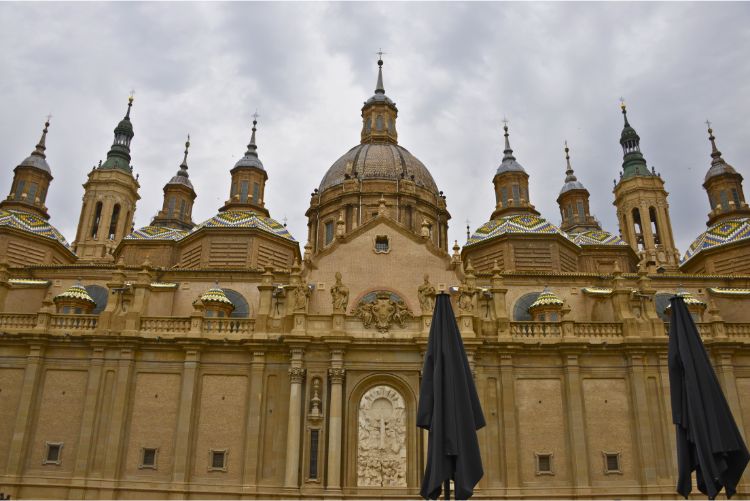
10. Basilica of Our Lady of the Pillar
The Basilica of Our Lady of the Pillar is in Zaragoza, a charming city in Aragón. This church is well-known for being the first dedicated to the Virgin Mary. Legend has it that the basilica was built on the grounds of an older church founded by Saint James the Apostle.
Often called the Cathedral of Zaragoza, this remarkable structure displays the abundant and dark colors of the Baroque style. Its exterior is dominated by intricately detailed domes and unique towers. At the right time of day, visitors can witness the stunning reflection of the basilica on the Ebro River. Compared to bigger cities like Barcelona and Madrid, Zaragoza is much more low-key. If you’re looking to escape the crowds, Zaragoza is one of the top options.
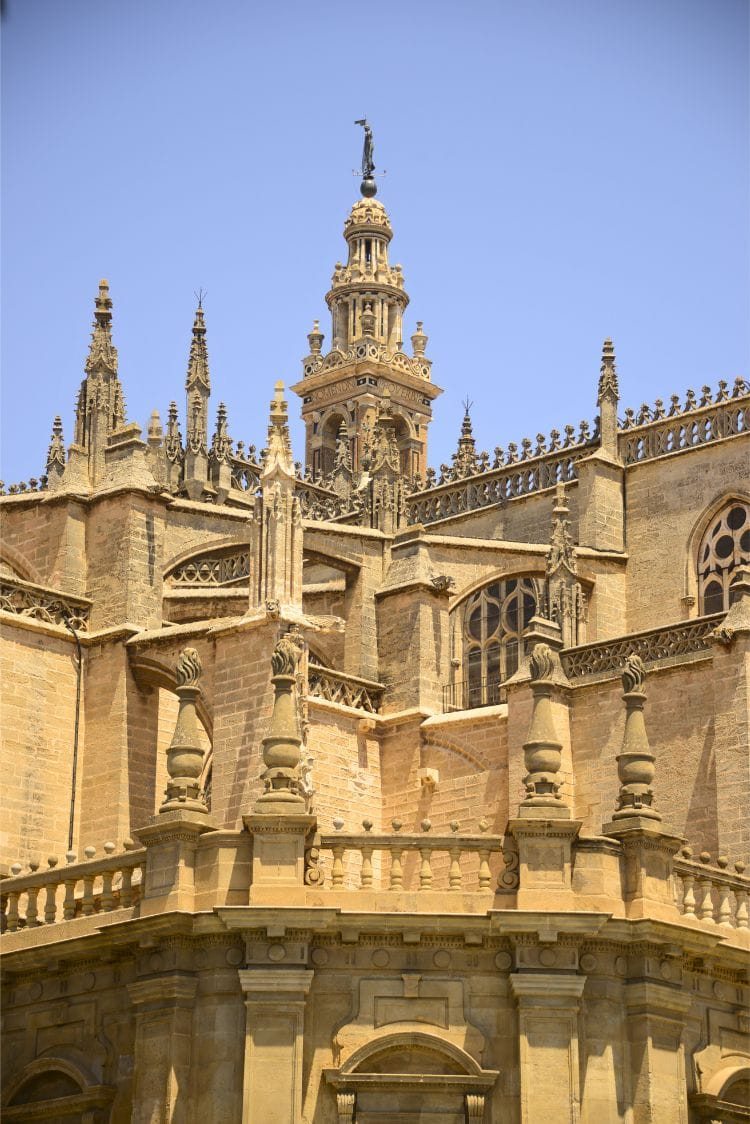
11. Seville Cathedral
Located in the southern end of Spain, Seville boasts the world’s largest Gothic cathedral. The Seville Cathedral holds tremendous cultural and historical significance and is recognized as a UNESCO World Heritage Site.
This basilica was built on the remains of an ancient Aljama mosque, and some of the original mosque can still be seen today. The construction of the Seville Cathedral took a long 127 years to complete, making it an ideal destination for history enthusiasts. Don’t miss visiting the Patio de Naranjas, the Puerta del Perdon, and the Giralda (the bell tower).
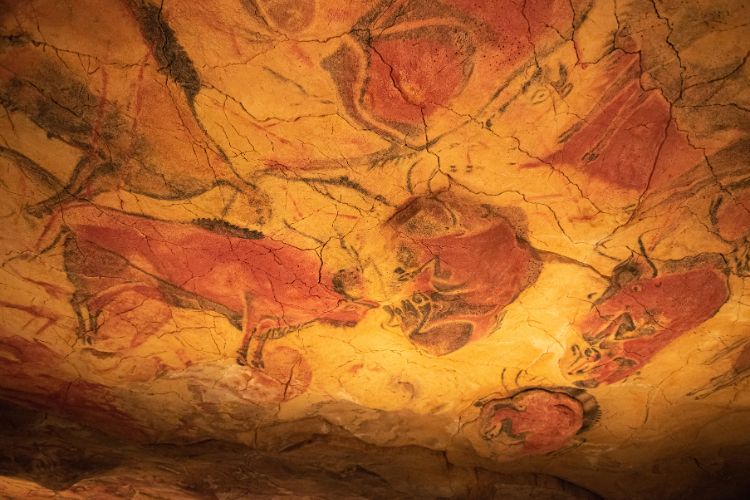
12. Cave of Altamira
The 12th treasure of Spain is The Cave of Altamira. It is situated in Santillana del Mar in Cantabria and is famous for its prehistoric paintings and rock art that date back over 14,000 years. This UNESCO World Heritage Site showcases an array of our world’s Upper Paleolithic era of history and features well-preserved prehistoric artifacts and drawings. The polychrome rock paintings depict wild animals and human handprints, all extremely well-intact, telling stories of an ancient era.
There are three sections in the cave: an entrance hall, a central gallery, and a side hall, each displaying a compelling variation of paintings that are sure to leave you in awe. Additionally, you can explore the painter’s workshop to gain insight into the ancient techniques used to create these masterpieces that have stood the test of time.
Author Bio: Jessica Bergin is a Barcelona-based Australian writer who’s worked in the travel industry for half a decade. Her passion for adventure, travel, culture and lifestyle has helped her navigate a successful career in the writing industry.

